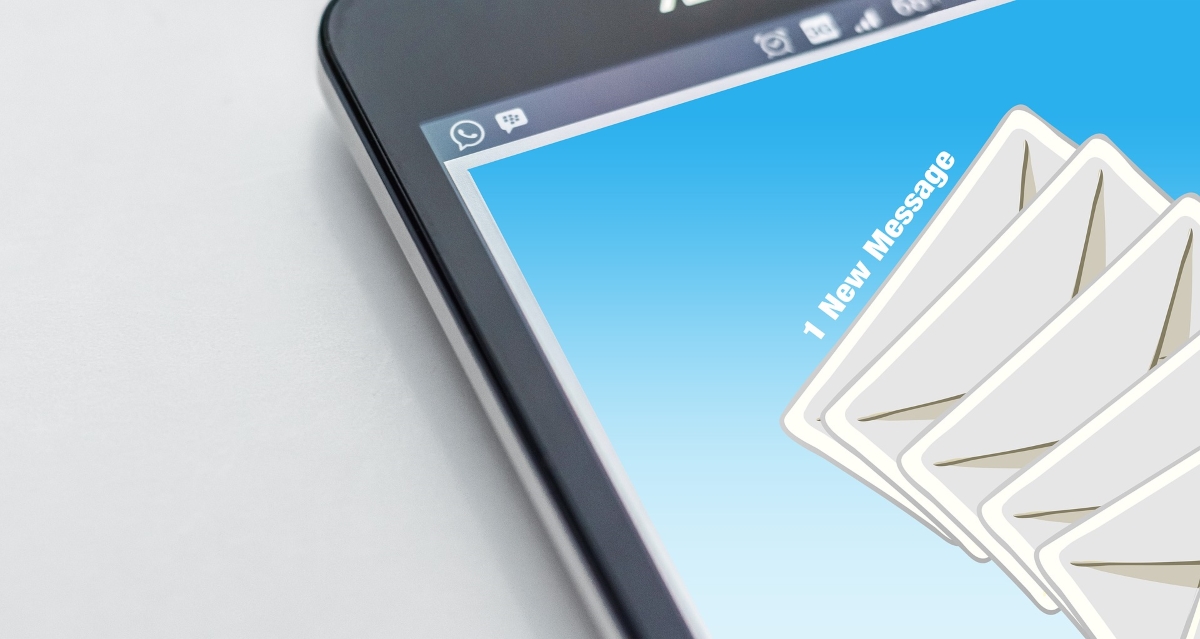Securing your email communications is a multi-layered process that involves using multiple levels of security. No wonder many people simply don’t bother securing their email fully!

It’s a shame, since your email is often the crucial security safeguard for all your online accounts. Read on to learn exactly how to get your email security up to par.
##Take care of spam## Does your Internet Security package include spam control? If not, consider choosing a spam filter to rid your inbox of risky clicks and attachments that could catch you off guard.
To reduce your spam going forward, ensure that you’re not giving out your main e-mail address when signing up for throwaway accounts around the Internet – whether it’s online shopping, comment sections, product reviews or other services you might only use once.
##What’s your password?## In their haste to get their email running, many users put only a tiny amount of effort into their email account passwords, and rarely change them. It’s common for a person who uses otherwise strong passwords on other accounts to suddenly skimp for convenience here.
Whatever the reason, it’s important not to fall into this trap. For some solid tips on creating great passwords, check out our guide here. Don’t forget to switch up your email account password regularly, too – ideally at least once a year.
##Have a strong backup email inbox## Sometimes, the worst will happen and you’ll need a safety net. For this reason, it’s a good idea to create a second email account that’s only for rainy days.
Ensure that your backup email account is secure, spam-free and accessible when you need it. For more information, take a look at Why You Should Make an Email Address You’ll Never Use.
Ideally, you’ll want to use a high-quality, solid email service such as Gmail that isn’t hosted by your own domain, and keep your password stored safely where you won’t forget it – password managers often prove invaluable for long-term password storage.
Pssst… while you’re securing your backup email account, don’t forget to enable two-factor authentication as well!
##Check your settings## When setting up your email client – particularly when your email address is part of your own domain, you can opt for a regular connection or choose settings called “SSL” or “TLS”. What are these mysterious acronyms?
Put simply, SSL stands for Secure Socket Layer, and TLS stands for Transport Layer Security. When your email client sends and receives email, it’s using a protocol called TCP to “handshake” with your email server. During this process, it tells your server which version of TLS or SSL (encryption) you’ve specified in your settings.
After this, the server will attempt to verify itself by presenting its security certificate to your email client. If this is successful, a key is exchanged between client and server and your messages should flow freely.
Of these methods, TLS is preferred, as it’s the newer type of encryption and offers newer, more robust security mechanisms. However, the necessity of using encrypted email settings at all is a matter of hot debate – with security experts making strong arguments both for and against the practice.
If you’re convinced of the benefits and looking to go down the email encryption route, be prepared for a rather involved set up process that’s not for tech novices.
Many great guides exist, and your milage will vary depending on which email client you’re using. Lifehacker provides a great starting point for this particular security adventure!
So, if you haven’t reviewed your email settings lately, now’s the perfect time to buckle down this very important piece of the security puzzle.
